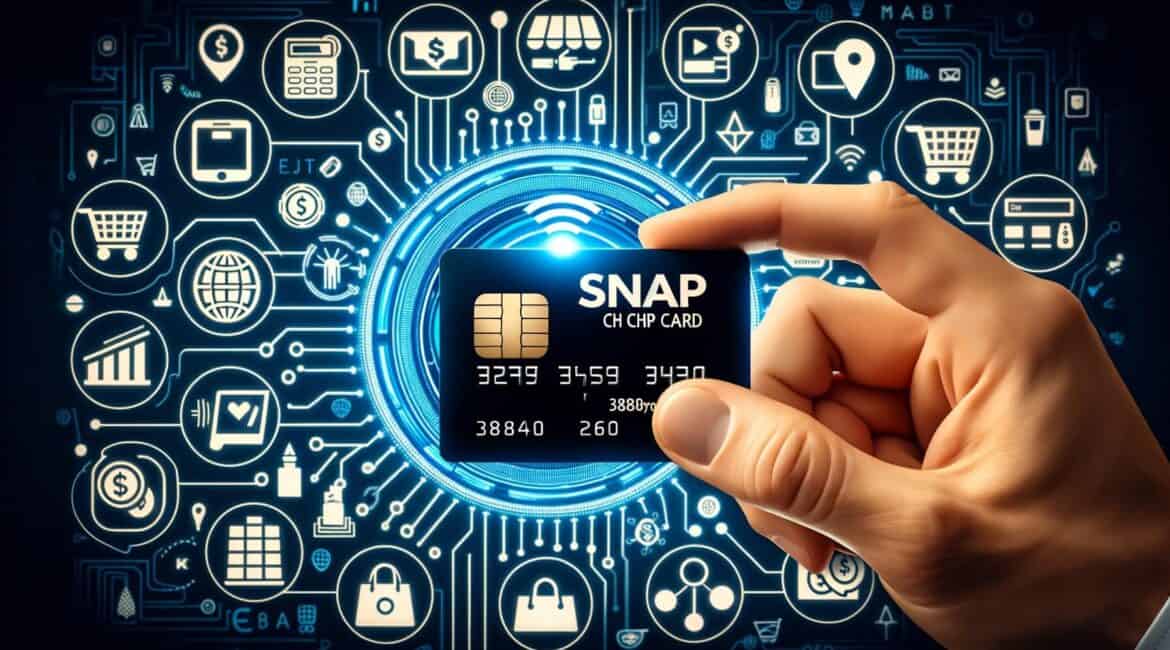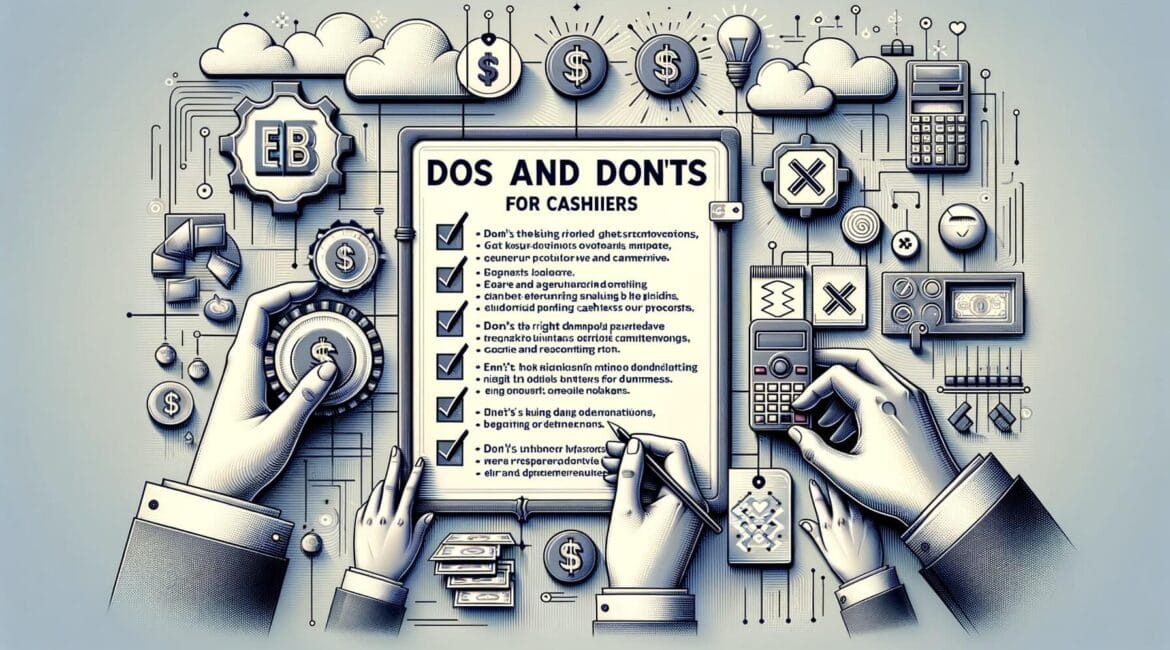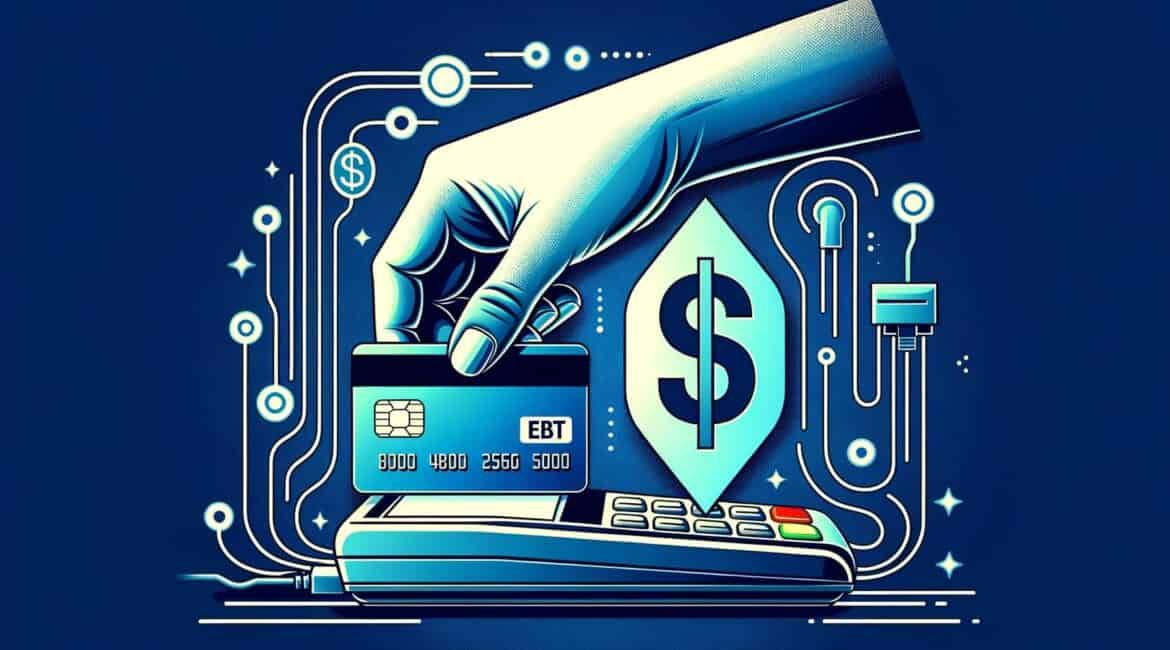EBT (Electronic Benefit Transfer) is a convenient way for SNAP recipients to access nutritious food using a debit-style card. While EBT is not accepted at campgrounds, it can be used at many local farmers markets, farm stands, mobile markets, and even for Community Supported Agriculture (CSA) programs. These outlets often...
Special Disaster Rules for Accepting SNAP EBT Benefits
In times of disaster, ensuring that individuals and families have access to essential food resources becomes a critical priority. The Supplemental Nutrition Assistance Program (SNAP) provides vital assistance to low-income households, helping them purchase nutritious food through the use of Electronic Benefit Transfer (EBT) cards. However, during times of disaster,...
Retailer Criteria for SNAP Online Purchasing
The Supplemental Nutrition Assistance Program (SNAP) is a federal assistance program in the United States that provides eligible low-income individuals and families with funds to purchase food. Traditionally, SNAP benefits could only be used for in-person purchases at authorized retailers. However, with the increasing popularity of online shopping, the U.S....
Retailer Instructions for SNAP EBT Chip Card Transactions
In recent years, the Supplemental Nutrition Assistance Program (SNAP) has transitioned from paper food stamps to an electronic benefit transfer (EBT) system. This change has made it easier for recipients to access their benefits and has streamlined the process for retailers. One of the key components of the SNAP EBT...
SNAP EBT Factsheet for New Retailers
The Supplemental Nutrition Assistance Program (SNAP) is a federal assistance program in the United States that provides eligible low-income individuals and families with funds to purchase food. The program is administered by the United States Department of Agriculture (USDA) and operates through an Electronic Benefit Transfer (EBT) system. SNAP EBT...
SNAP EBT Do’s and Don’ts for Cashiers
The Supplemental Nutrition Assistance Program (SNAP) is a federal assistance program in the United States that provides eligible low-income individuals and families with funds to purchase food. The Electronic Benefit Transfer (EBT) system is the method through which SNAP benefits are distributed and accessed. EBT cards are issued to eligible...
How to Accept EBT Payments in 2025
In today's digital age, accepting Electronic Benefit Transfer (EBT) payments has become increasingly important for businesses. EBT is a government program that provides eligible individuals with funds to purchase essential items such as groceries and household goods. As of 2025, the number of people relying on EBT payments has significantly...
What is Flat-Rate EBT Processing: Everything you Need to Know
In today's digital age, electronic benefit transfer (EBT) processing has become an essential part of the payment landscape. EBT processing allows individuals to access government assistance programs, such as the Supplemental Nutrition Assistance Program (SNAP), through a card-based system. One of the emerging trends in EBT processing is the adoption...
FNS Reauthorization: Things You Need to Know
The FNS Reauthorization, also known as the Food and Nutrition Service Reauthorization, is a critical legislative process that determines the future of food assistance programs in the United States. This comprehensive article aims to provide a detailed guide on the Food and Nutrition Service (FNS) Reauthorization, covering various aspects such...
Top Ways Independent Retailers Can Support SNAP Customers
The Supplemental Nutrition Assistance Program (SNAP) plays a crucial role in providing food assistance to low-income individuals and families in the United States. As an independent retailer, it is essential to recognize the importance of supporting SNAP customers and ensuring their access to nutritious food options. By implementing various strategies,...
EBT Transaction Protection and Security
In today's digital age, electronic benefit transfer (EBT) transactions have become an essential part of the welfare system, providing individuals and families with access to vital resources such as food assistance, cash benefits, and other social services. However, with the increasing reliance on technology, it is crucial to ensure the...
How to Advertise Your Store Accepts EBT
In today's competitive retail landscape, it is crucial for store owners to find innovative ways to attract customers and increase revenue. One effective strategy is to advertise that your store accepts Electronic Benefit Transfer (EBT) payments. EBT is a government program that provides eligible low-income individuals and families with funds...
The Cost of EBT Merchant Services for Small Businesses
Electronic Benefit Transfer (EBT) merchant services have become an essential part of the payment landscape for small businesses. EBT allows eligible individuals to access government assistance programs, such as the Supplemental Nutrition Assistance Program (SNAP), through a debit card-like system. As a small business owner, understanding the cost of EBT...
Why EBT Merchant Services Are Essential for Grocery Stores
In today's digital age, electronic payment methods have become increasingly popular, and grocery stores are no exception. Electronic Benefit Transfer (EBT) merchant services have emerged as a crucial tool for grocery stores to accept payments from customers who rely on government assistance programs such as the Supplemental Nutrition Assistance Program...
How to Transition to EBT Payment Processing
Electronic Benefit Transfer (EBT) payment processing is a system that allows eligible individuals to access government benefits, such as food stamps or cash assistance, through a debit card. This method of payment has become increasingly popular in recent years due to its convenience and efficiency. If you are a business...
How EBT Programs Are Supporting Single-Parent Households
Single-parent households face a unique set of challenges that combine economic hardship with the demands of solo caregiving. Economic disparities and limited income opportunities often lead to difficult compromises between providing adequate nutrition and meeting other essential needs. The Supplemental Nutrition Assistance Program (SNAP), facilitated through Electronic Benefits Transfer (EBT),...















